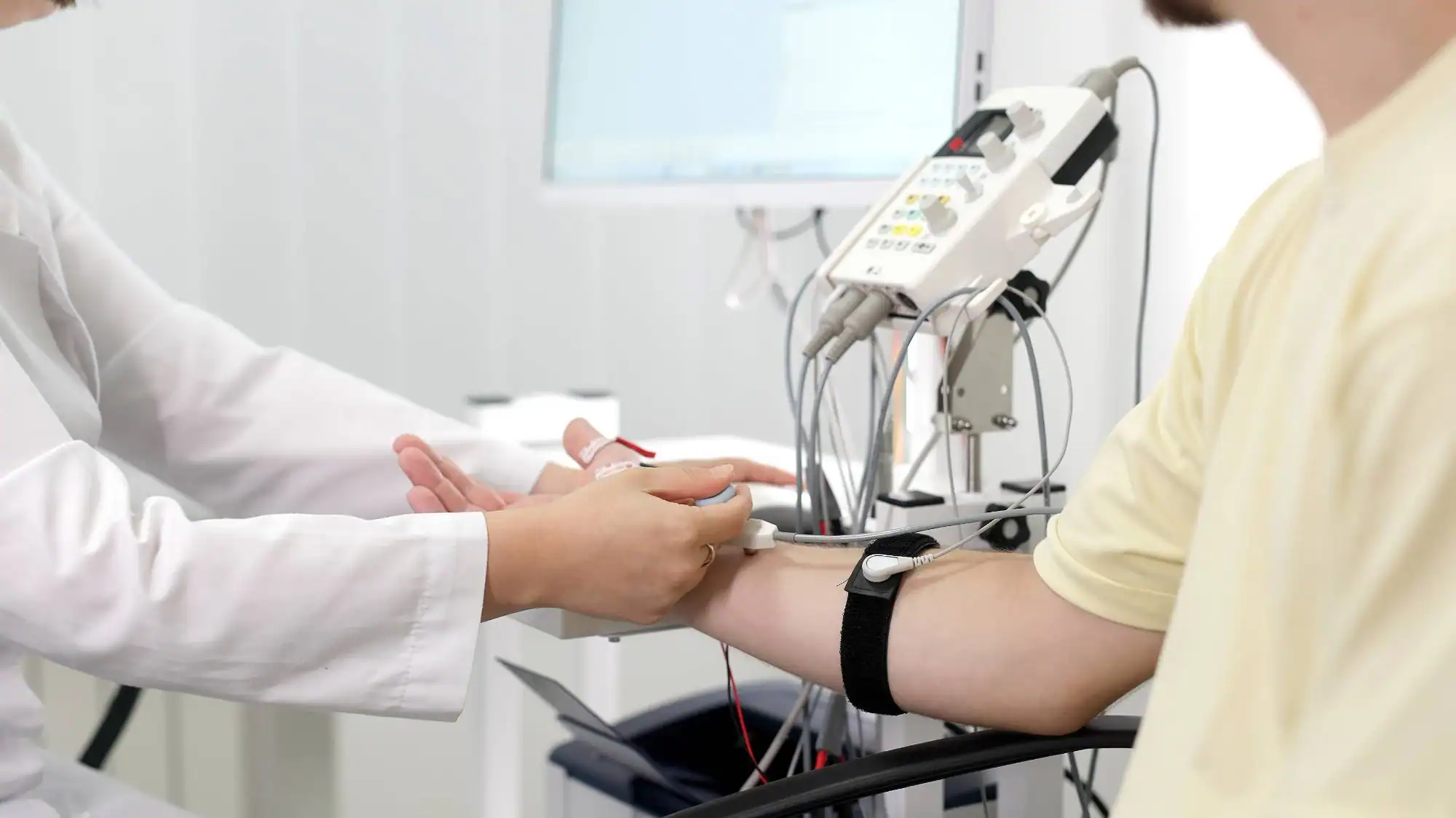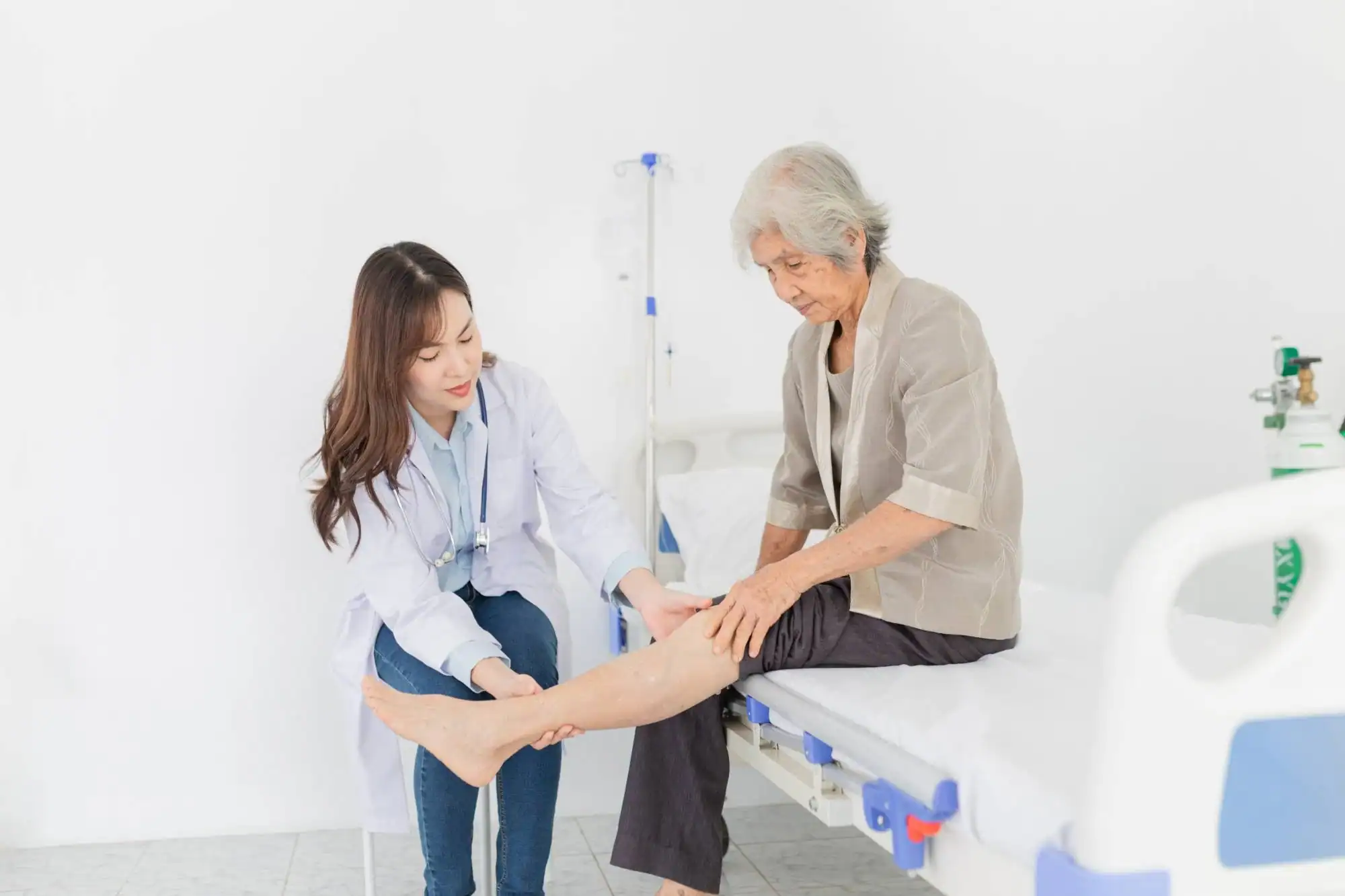Advanced nerve and muscle testing that pinpoints exactly what’s causing your numbness, tingling, or weakness.

Reviews

You’re tired of wondering if that numbness in your hands is serious. You want to know if the tingling in your feet means something more concerning. The muscle weakness you’ve been ignoring isn’t going away on its own.
Nerve and muscle testing gives you objective answers. When we run electromyography and nerve conduction studies, we’re measuring exactly how your nerves and muscles are functioning. No guesswork. No “let’s wait and see.” Just clear data about what’s happening in your body.
You’ll walk out knowing whether you’re dealing with carpal tunnel syndrome, a pinched nerve, diabetic neuropathy, or something else entirely. More importantly, you’ll have a roadmap for what comes next.
NY Spine Medicine has been serving Manhattan patients with comprehensive neurological testing for years. Our team includes board-certified physicians trained specifically in electrodiagnostic medicine – the specialized field focused on nerve and muscle function testing.
Located in the heart of Flatiron District, our practice combines advanced diagnostic technology with the kind of expertise you’d expect from a Manhattan medical facility. We don’t just run tests – we interpret results in the context of your specific symptoms and medical history.
This isn’t a one-size-fits-all approach. Every test is tailored to answer the specific questions about your condition.

The process starts with a detailed discussion about your symptoms. When did the numbness start? What makes the tingling worse? Where exactly do you feel weakness? This conversation guides which specific tests will give us the most useful information.
During nerve conduction studies, small electrodes are placed on your skin to measure how quickly and effectively electrical signals travel through your nerves. For electromyography, a thin needle electrode is inserted into specific muscles to record their electrical activity. Yes, there’s some discomfort, but most patients find it completely tolerable.
The entire testing session typically takes 30 to 60 minutes, depending on which nerves and muscles need evaluation. You’ll get preliminary results immediately, with a complete written report following within a few days. The report goes to you and your referring physician, so everyone’s on the same page about next steps.

Ready to get started?
Your nerve and muscle testing includes both EMG and nerve conduction studies as needed for your specific condition. The testing covers motor nerves that control muscle movement, sensory nerves that handle feeling and sensation, and muscle tissue itself.
Common conditions we diagnose include carpal tunnel syndrome, ulnar neuropathy, radiculopathy from pinched spinal nerves, peripheral neuropathy, and various muscle disorders. For Flatiron District professionals dealing with repetitive strain injuries, we frequently identify median nerve compression from keyboard work or ulnar nerve issues from prolonged elbow positioning.
Each test is performed using state-of-the-art electrodiagnostic equipment that provides precise measurements. You’ll receive a comprehensive report explaining the findings in plain language, along with recommendations for treatment or further evaluation if needed.
